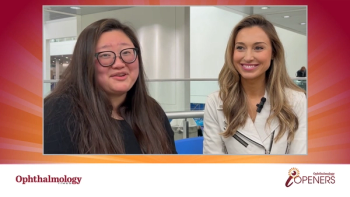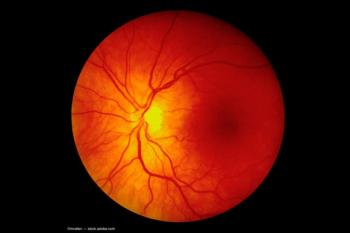
From MIGS to gene therapy: Inder Paul Singh, MD, celebrates the past and future of glaucoma care
New technologies and a proactive mindset are transforming how glaucoma is diagnosed and treated—and redefining what “controlled” really means.
As part of the celebration of Ophthalmology Times’ 50th anniversary, Inder Paul Singh, MD, of The Eye Centers of Racine and Kenosha, in Wisconsin, offered a look back at transformative changes in glaucoma care over recent decades—and where the field is heading next.
“First of all, happy anniversary! Fifty years is incredible,” Singh said. “The way I practice today is extremely different than how I practiced when I came out of fellowship.” He emphasized a fundamental shift toward an interventional glaucoma mindset, enabled by safer, earlier, and more targeted treatment options. “What is probably the most obvious technological revolution for us was MIGS [minimally invasive glaucoma surgery] in general,” he said, noting how MIGS changed how clinicians view the relationship between cataract and glaucoma. “Cataract is just an excuse to take care of the glaucoma now.”
The shift in defining “controlled” glaucoma is another key change. “If someone’s...not able to take their medications, they have some compliance-related issue...that’s someone who’s not controlled.” This evolving understanding has driven the adoption of interventions such as selective laser trabeculoplasty (SLT) and sustained-release drug delivery (eg, Durysta, iDose), both of which now serve as practical first-line or adjunctive treatments, he noted.
SLT, although not new, has gained prominence with better data and improved technology. “SLT is the most physiologic way of addressing the pathology...you’re having the body heal itself.” Drug delivery systems have further helped mitigate compliance issues, “hedging our bet” alongside standalone MIGS procedures.
Looking forward, Singh is excited about emerging diagnostics capable of detecting early cellular stress and apoptosis, as well as genetic testing and therapy. “I think we’re going to see more...even earlier diagnostics,” and the potential to tailor interventions with greater precision.
He also highlighted the promise of home-based tonometry, optical coherence tomography, and visual field testing. As diagnostics, therapeutics, and data converge, Singh sees “a lot of exciting” advances ahead—particularly in individualized, proactive care.
Newsletter
Don’t miss out—get Ophthalmology Times updates on the latest clinical advancements and expert interviews, straight to your inbox.













































